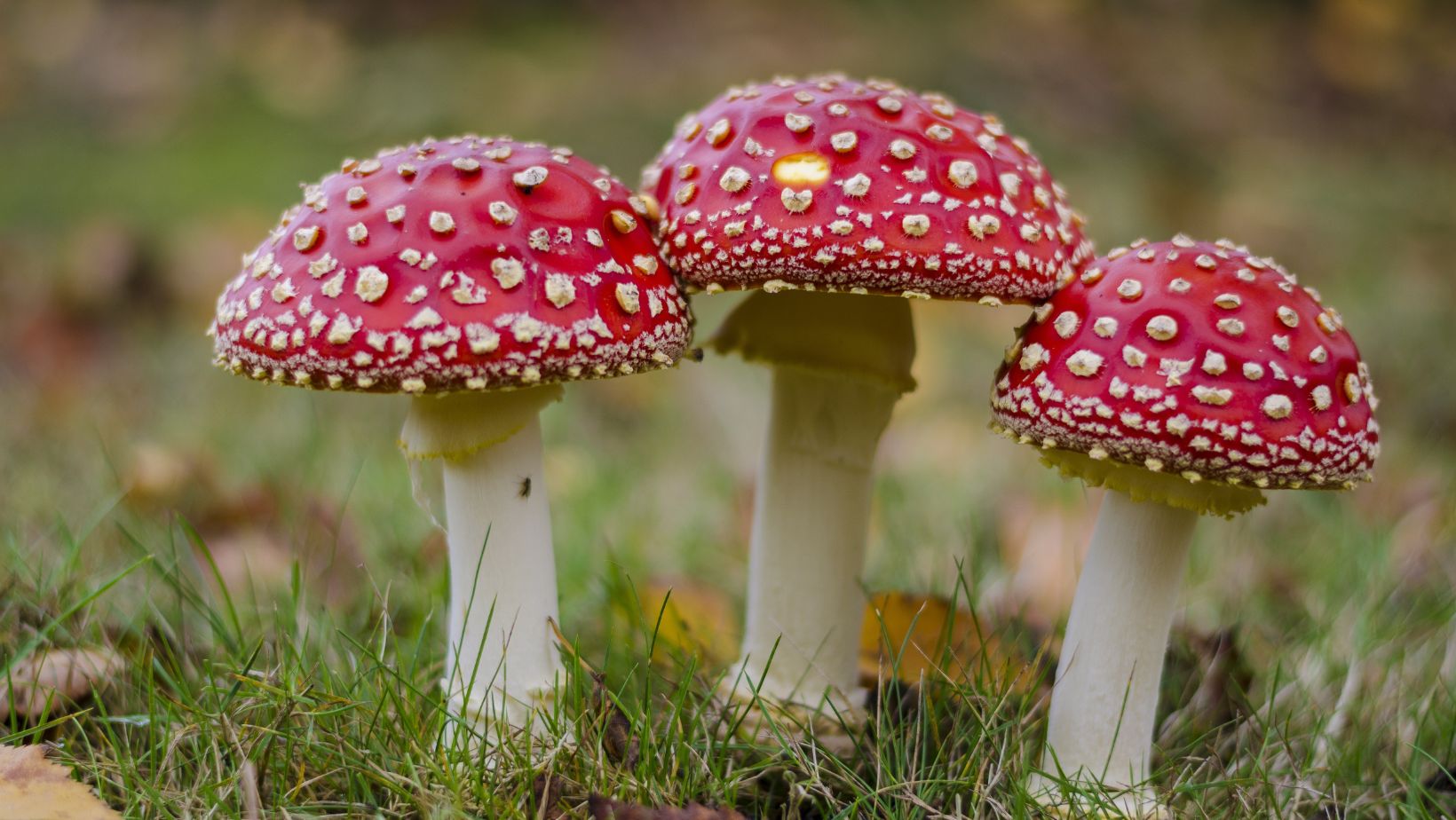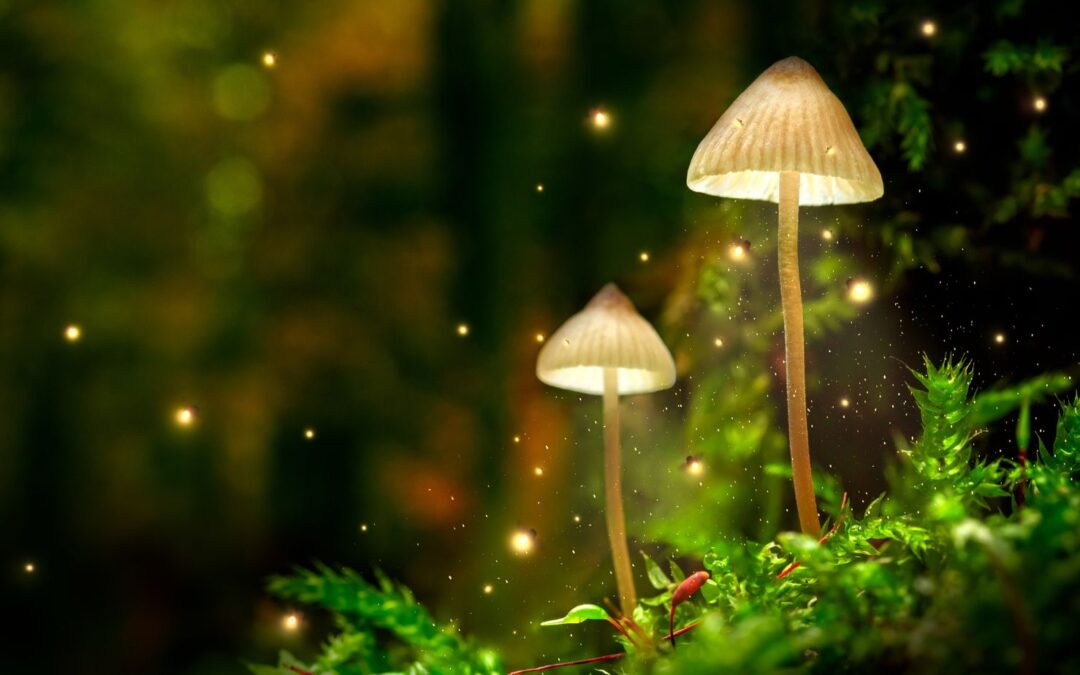Ever wondered why the tip of a penis is shaped like a mushroom? It’s a question that might have crossed your mind at some point, but perhaps you didn’t know where to find the answer. Today, I’m going to delve into this intriguing subject and share with you what science has discovered about this unique aspect of male anatomy.
Firstly, it’s important to understand that the mushroom shape serves a specific function according to evolutionary scientists. Research suggests that the unique form helps remove any traces of semen left by other males in female reproductive tract. This competitive mechanism increases the chances for an individual’s genes to get passed on.
Additionally, understanding this biological design isn’t just fascinating trivia; it carries significant implications in fields ranging from sexual health education to condom design. By comprehending why our bodies are structured as they are, we can better cater products and educational strategies which align with natural human physiology.
Why is The Tip of a PP Mushroom Shaped
One thing that’s always been intriguing to me is the distinct shape of a pp mushroom. Have you ever wondered why it has such a unique form? Well, let’s break it down.
Cap
The cap of the pp mushroom, known as the pileus in scientific terms, isn’t just there for aesthetics. It’s designed with purpose and functionality in mind. The bell or umbrella-like shape helps protect the delicate gills underneath from environmental conditions like wind and rain. This structure also aids in spore dispersal – when matured, the cap elevates, allowing for efficient release and spread of spores.
Gills
Underneath that protective cap are thin structures called gills or lamellae. These aren’t just there to add texture – they play an essential role in reproduction. They’re lined with cells that produce microscopic spores, which will eventually become new mushrooms. If you’ve ever noticed a powdery substance under a mushroom cap – well those are spores! And their ribbed design? It significantly increases surface area for maximum spore production.
Stalk
Last but certainly not least is our stalk or stipe – this elongated part supporting our mushroom head (cap). Besides providing structural support, it also contains vascular tissues necessary for transporting nutrients from one part of the mushroom to another – pretty important if you ask me!
Now we know why pp mushrooms have this peculiar yet purposeful design – each component plays its own vital role in ensuring survival and propagation of these fascinating fungi species!

The Purpose of the Mushroom Tip
Now, let’s dive right into the heart of the matter – why is the tip of a pp mushroom shaped like it is? Well, there are two primary reasons: spore dispersal and protection.
Spore Dispersal
The peculiar shape of a pp mushroom isn’t just for show – it plays a critical role in spreading its species. Akin to seeds in plants, mushrooms produce spores; tiny microscopic ‘particles’ capable of growing into new organisms. Now you might be wondering how does this unique structure aid in that? It’s simple; when wind blows or rain falls upon these caps, it dislodges the spores which then get transported elsewhere.
You’ll find this evolutionary trait fascinating! When it comes to numbers, an average mature mushroom can release hundreds of millions – sometimes billions – of spores! Here’s a little table for your reference:
|
Type |
Number of Spores Released |
|
Small Mushroom |
100 million |
|
Average Mushroom |
1 billion |
Protection
Beyond aiding in propagation, this umbrella-like structure also serves as an excellent shield. Mother Nature can be quite harsh at times with her bouts of rain and piercing sunlight. The cap acts like an umbrella, protecting both itself and its developing offspring from harmful environmental conditions.
Moreover, this contour also helps retain moisture essential for growth while simultaneously shielding against potential predators looking for a quick snack!
So you see my friends; nature always has her ways and reasons behind even the seemingly odd shapes and designs we encounter around us. Every curve and contour carries significance far beyond what meets our eyes initially.
Jessica has a flair for writing engaging blogs and articles. She enjoys reading and learning new things which enables her to write different topics and fields with ease. She also strives to break down complex concepts and make them easy for anybody to comprehend.





